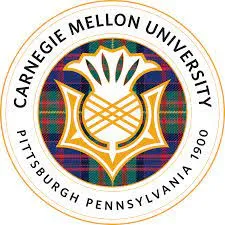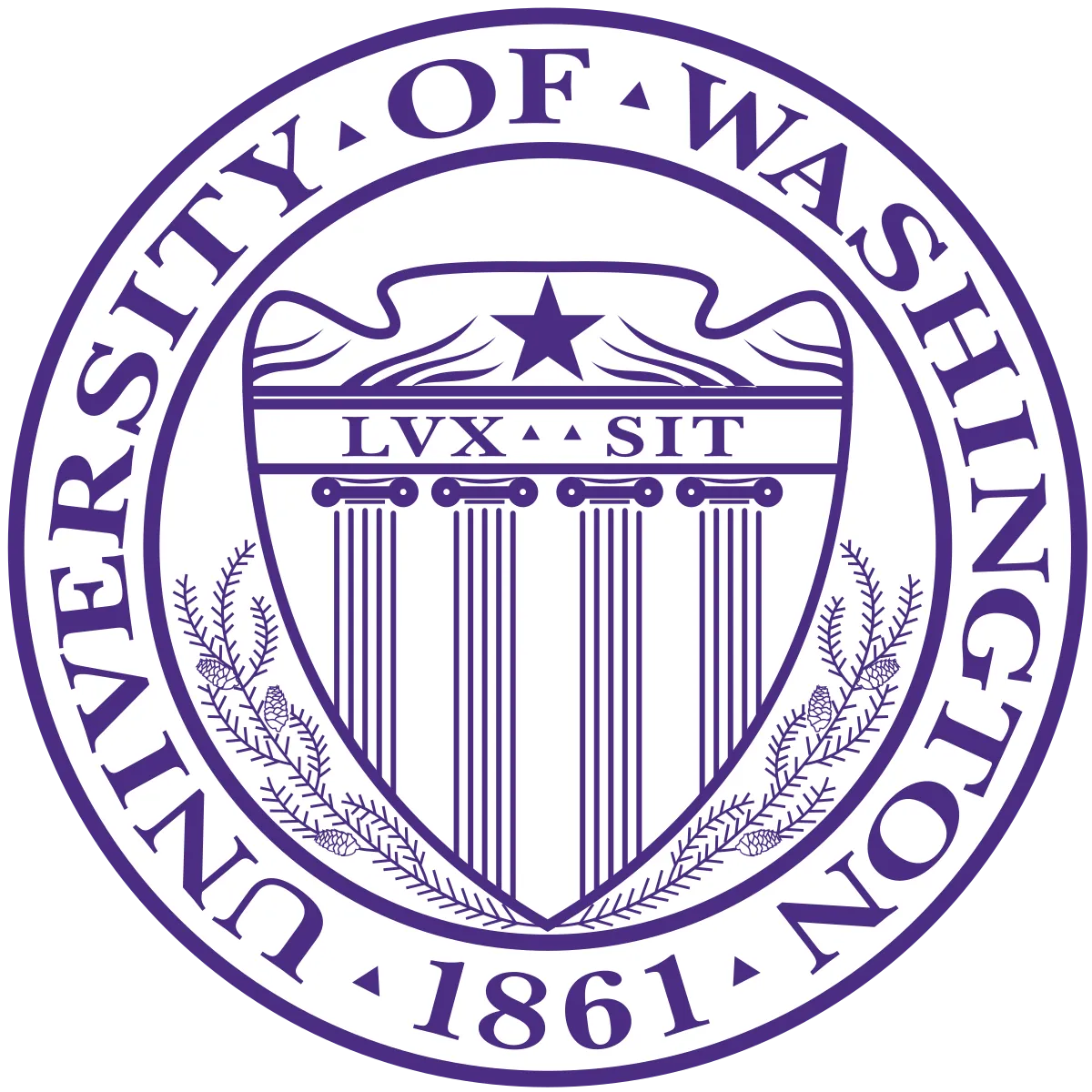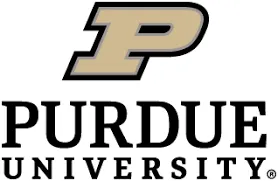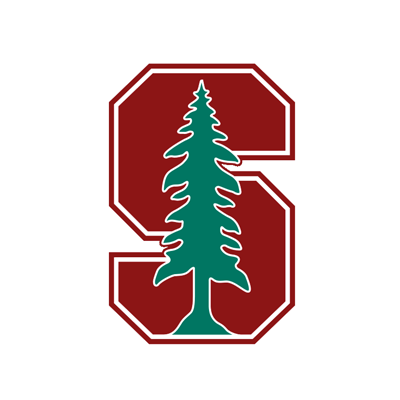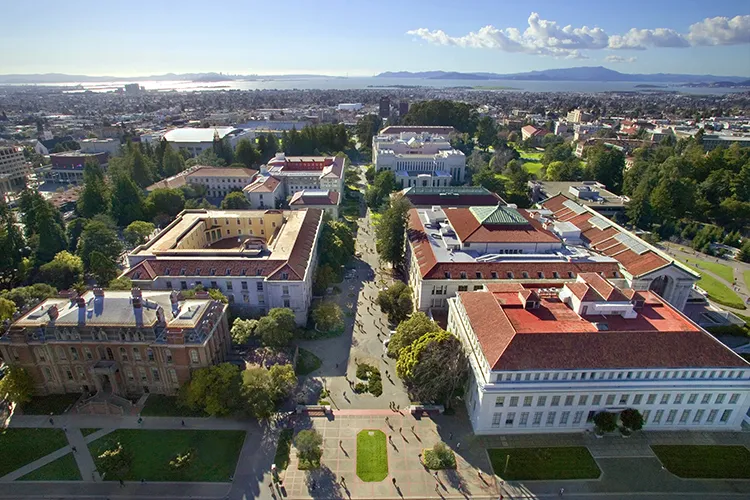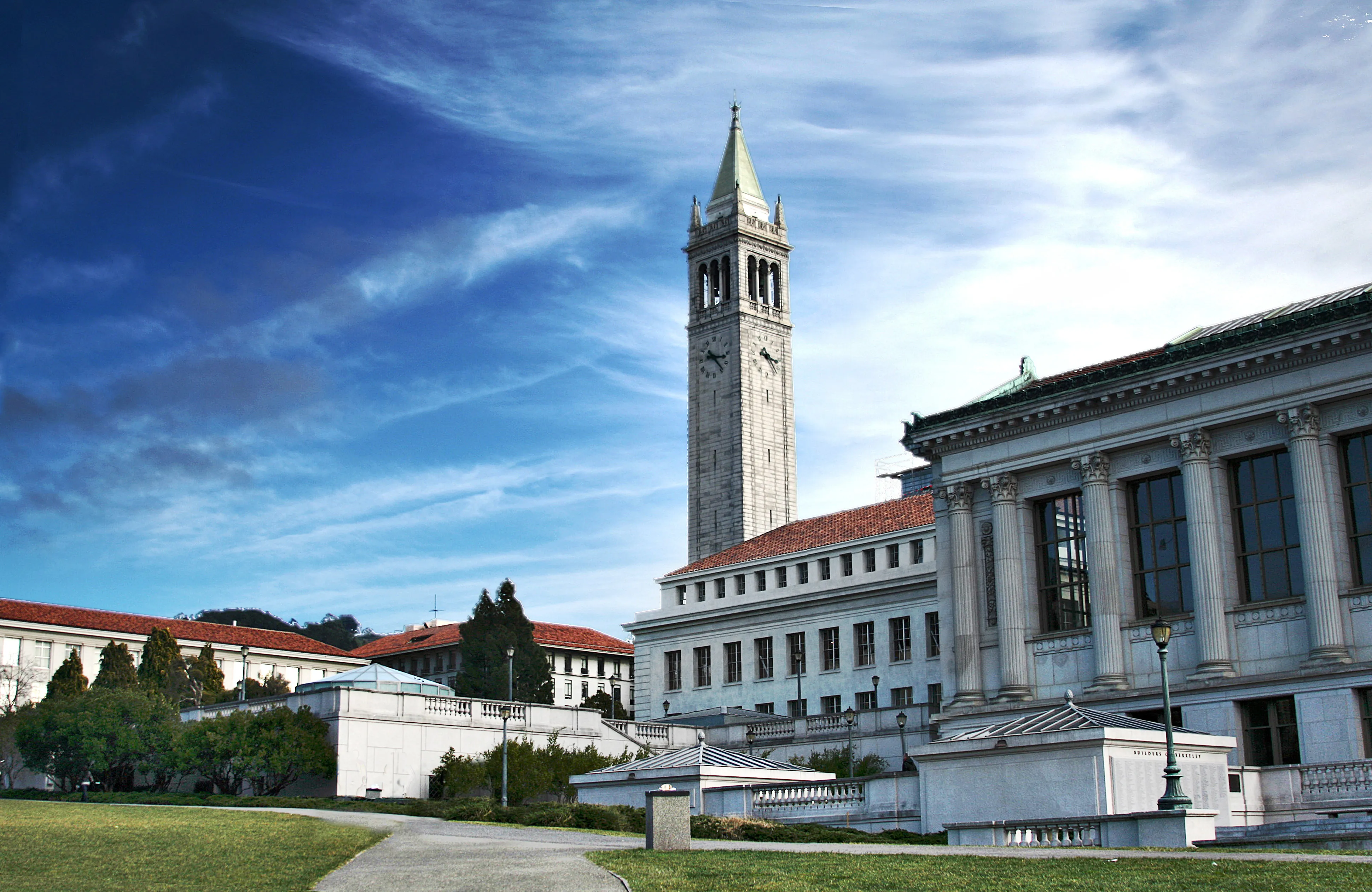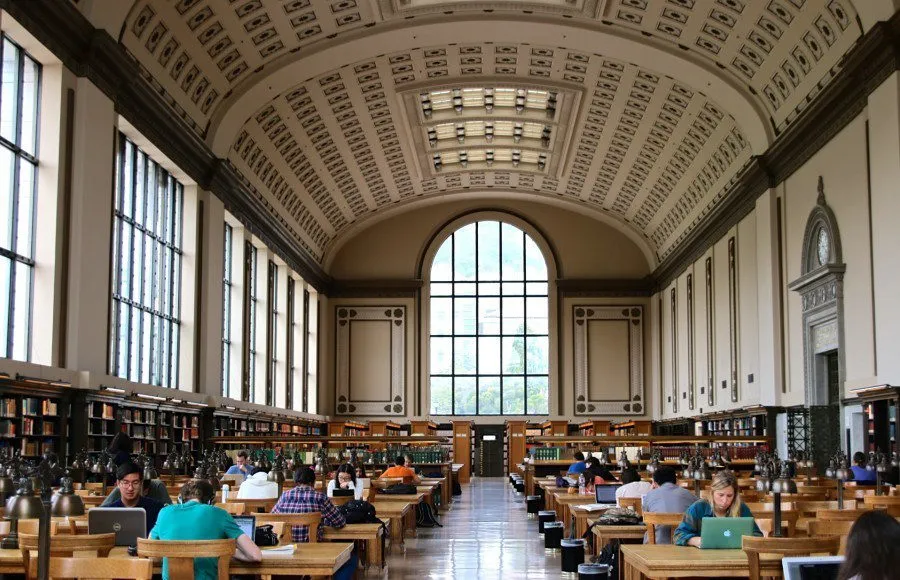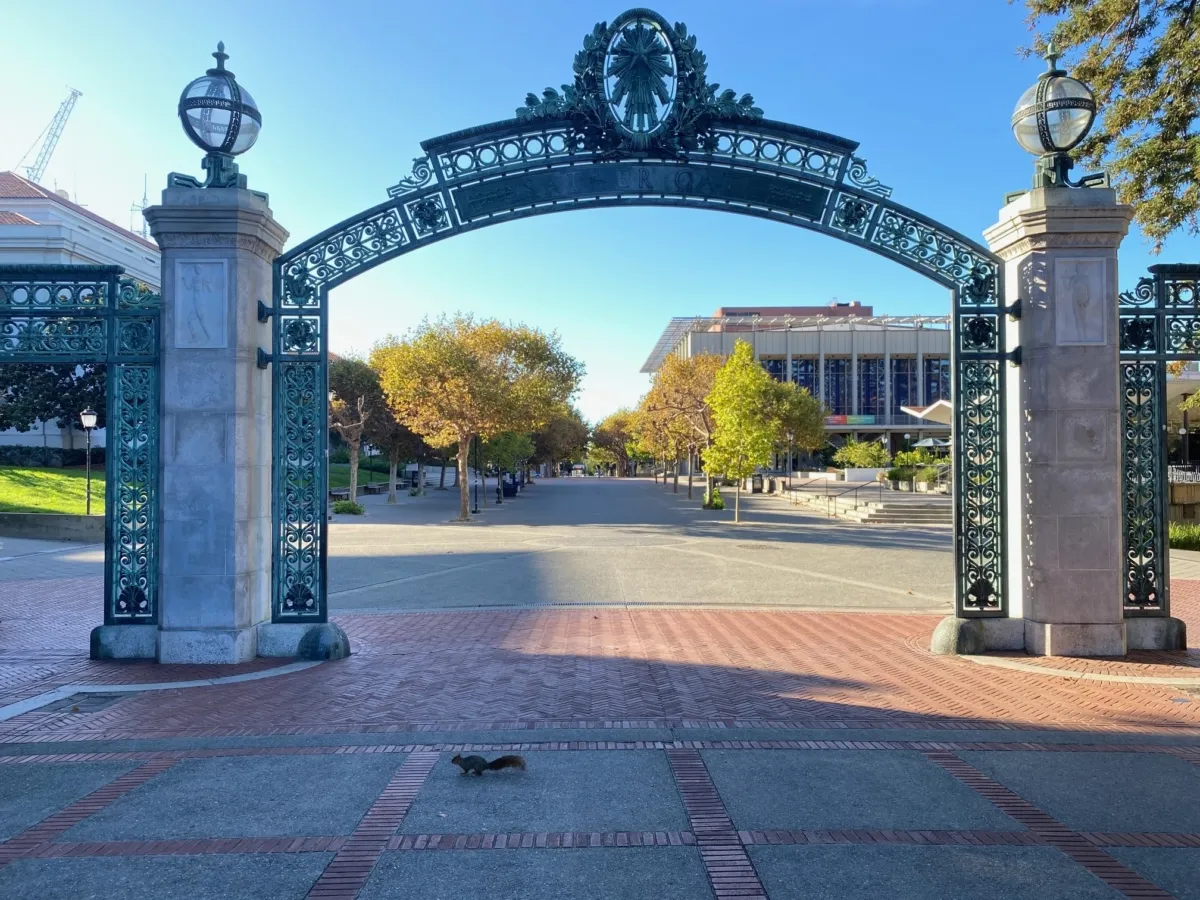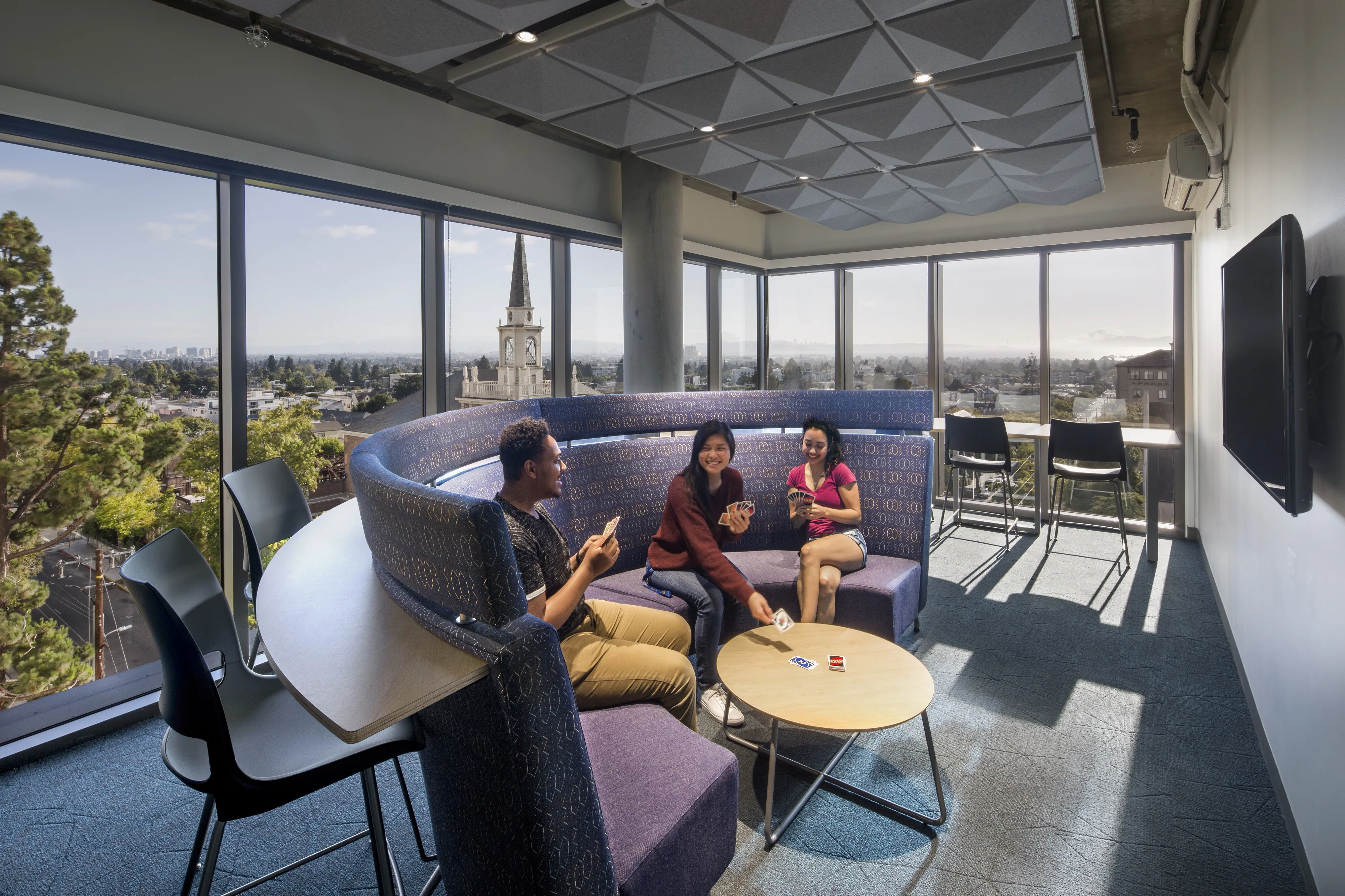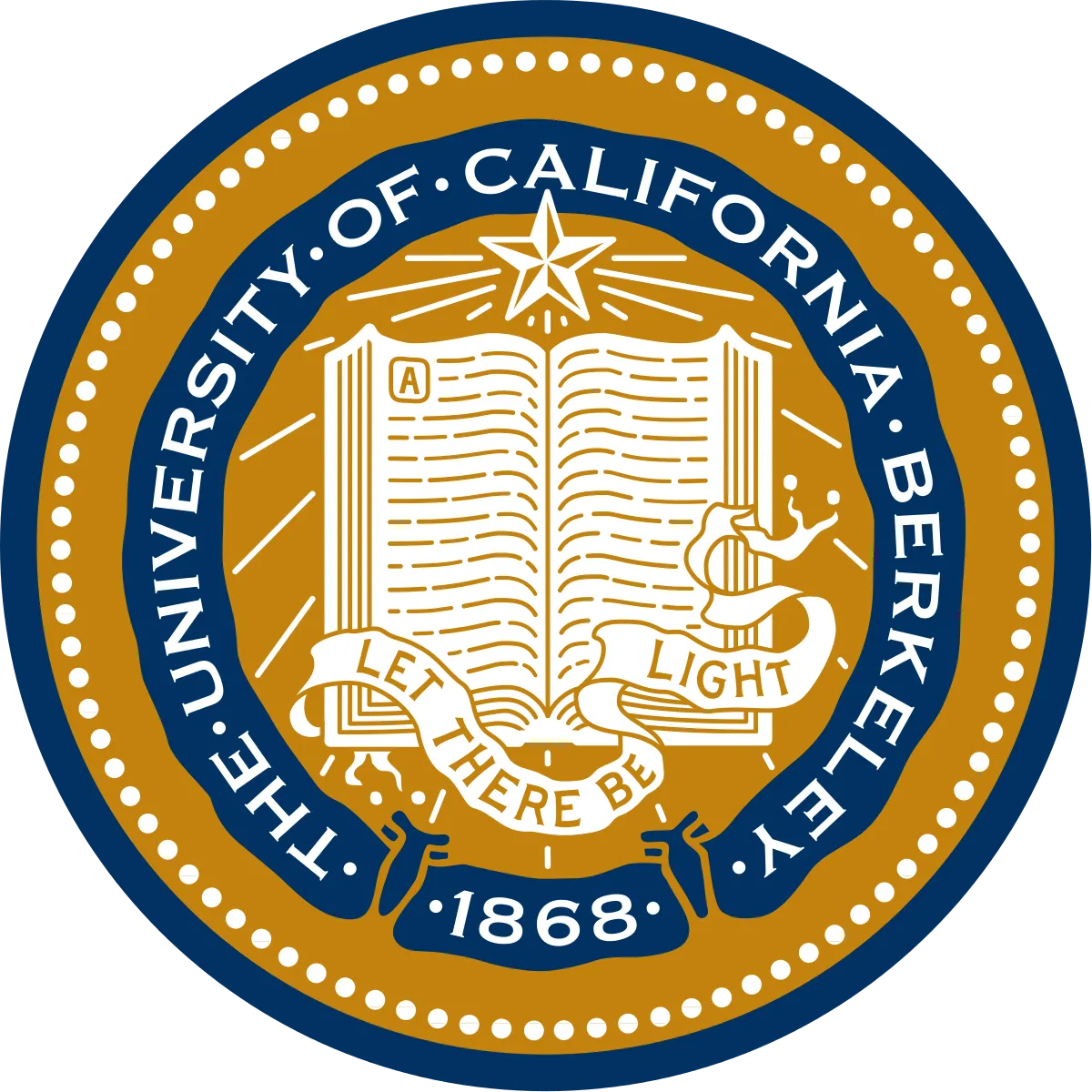
MDes in Design
University of California, Berkeley (United States) · University Avenue and, Oxford St, Berkeley, CA 94720, United States
About

#17
QS

#6
USNews
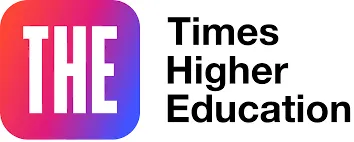
#8
THE
The University of California, Berkeley (UC Berkeley, Berkeley, Cal, or California) is a public land-grant research university in Berkeley, California. Founded in 1868 and named after Anglo-Irish philosopher George Berkeley, it is the state's first land-grant university and the founding campus of the University of California system. Berkeley is also a founding member of the Association of American Universities. It has been regarded as one of the top universities in the world.Berkeley is classified among "R1: Doctoral Universities—Very high research activity" and has three national laboratories for the U.S. Department of Energy (Lawrence Berkeley National Laboratory, Lawrence Livermore National Laboratory, and Los Alamos National Laboratory).Between 2001 and 2010, it was the No. 1 recipient of National Science Foundation Graduate Research Fellowships with 1,333 awards.In 2021, the funding for research and development exceeded $1 billion.Thirty-two libraries compose the Berkeley library system, which is the sixth largest research library by number of volumes in the United States.Berkeley's athletic teams, the California Golden Bears, compete in the Pac-12 Conference and have won 107 national championships and 223 Olympic medals (121 gold).
Program Details:
Program WebsiteBasic Info
Institute
College of Environmental Design
Degree
MDes
Duration
1.5 years
STEM Designated
Yes
Program
Design
Expense
Living Expenses
USD 36300
Tuition Fee (Domestic)
USD 54800
Tuition Fee (International)
USD 54800
Eligibility
Minimum/ Avg Score
IELTS
7
TOEFL
90
Undergrad GPA
3
Ready to apply? Secure your spot at your dream university with our expert help!
Deadlines:
Deadline WebsiteIntake Deadline 1
06 Jan, 2026
(August-2026)
Stay on track with your applications. Login Now to Unlock all program related information.
Document Required:
Stay on track with your applications. Login Now to Unlock all program related information.

